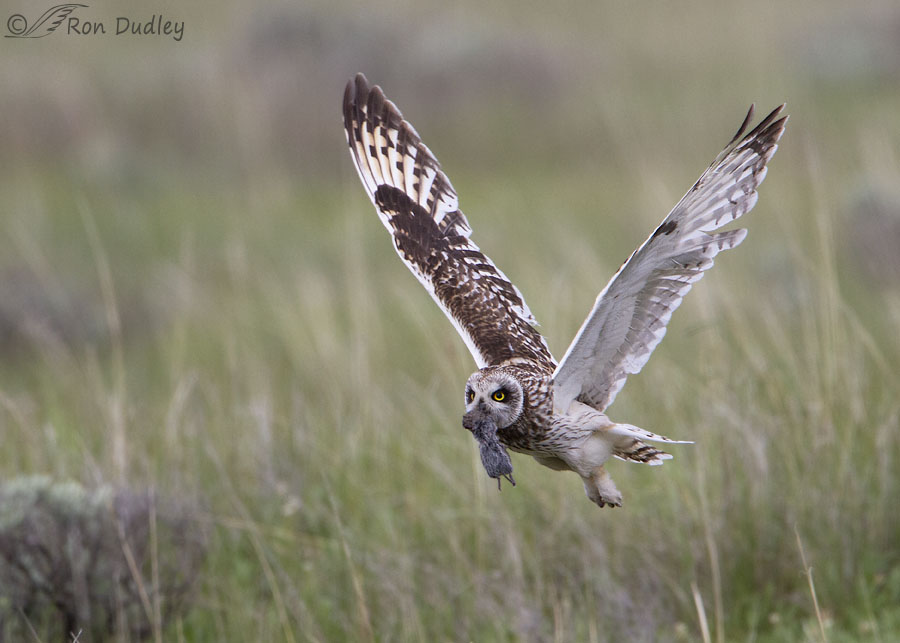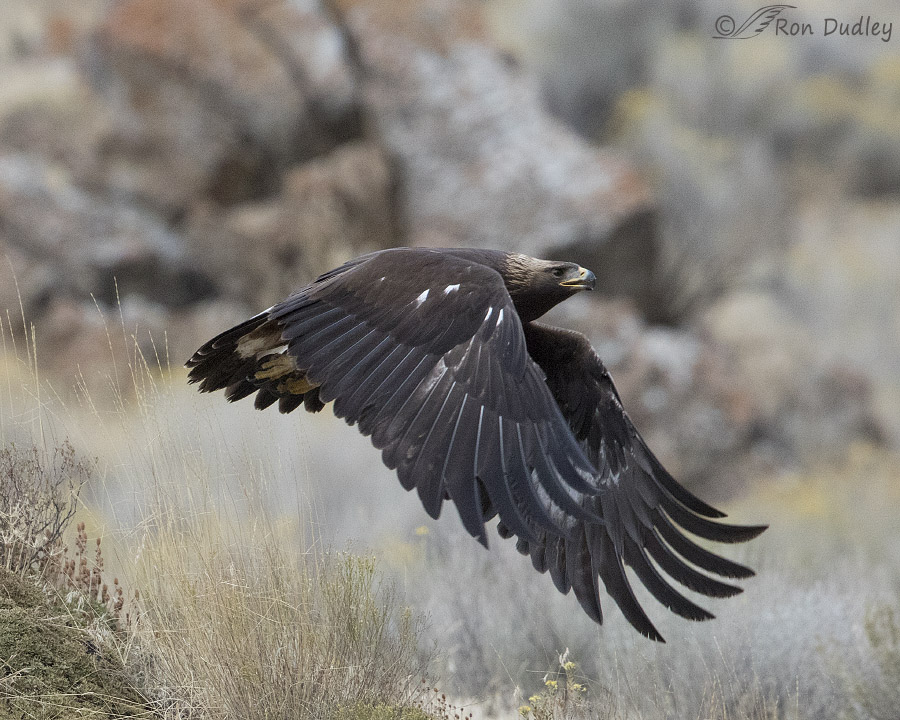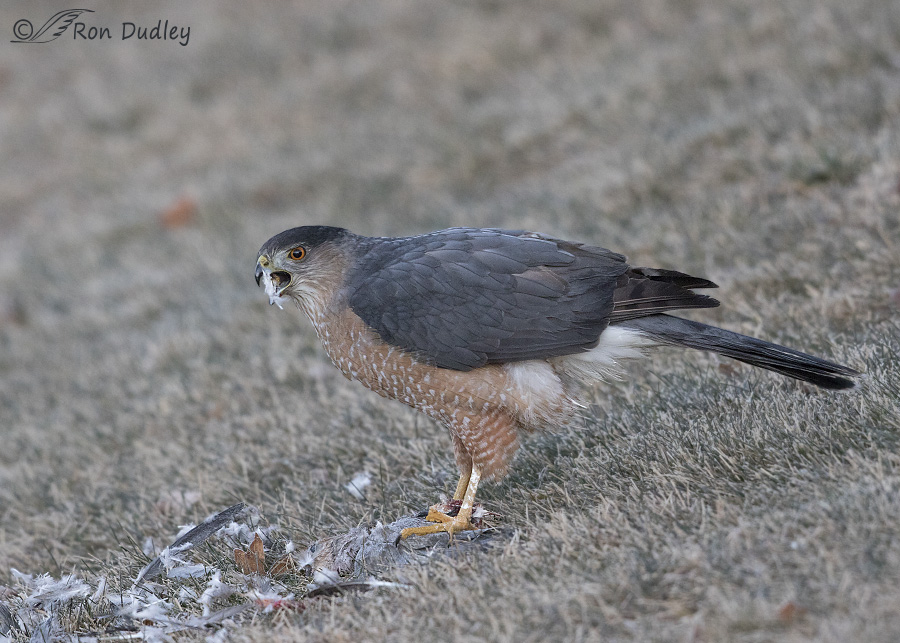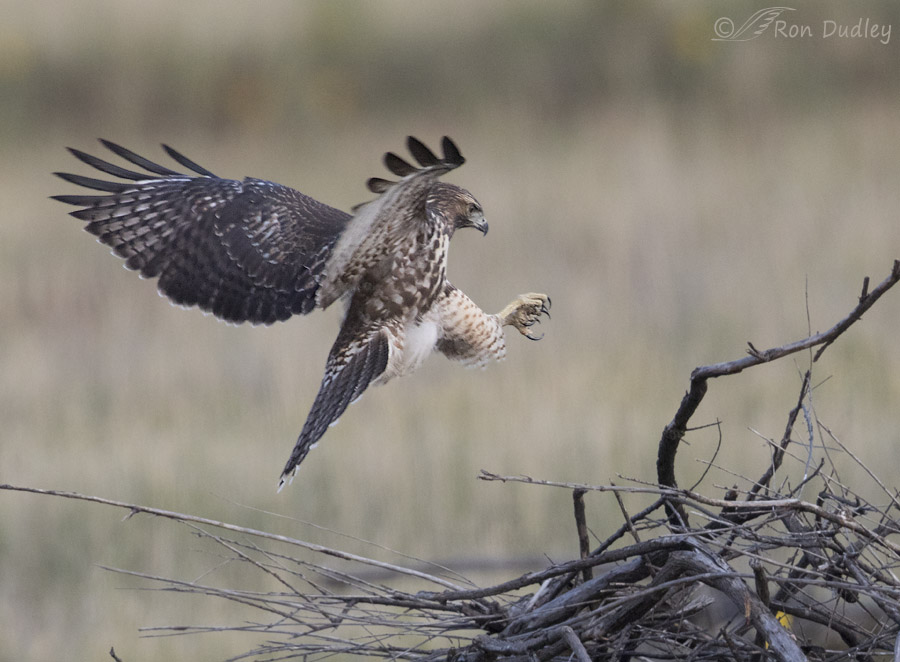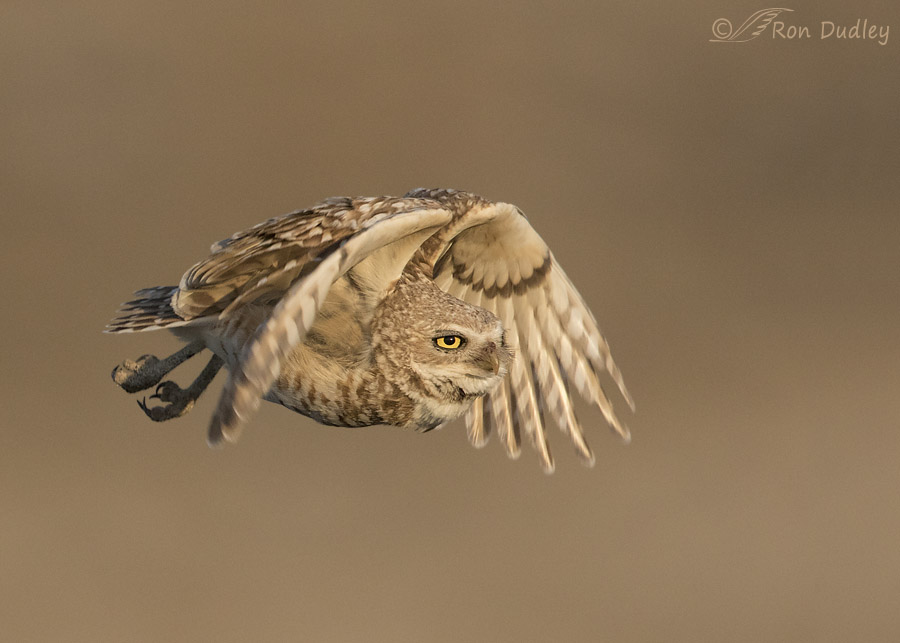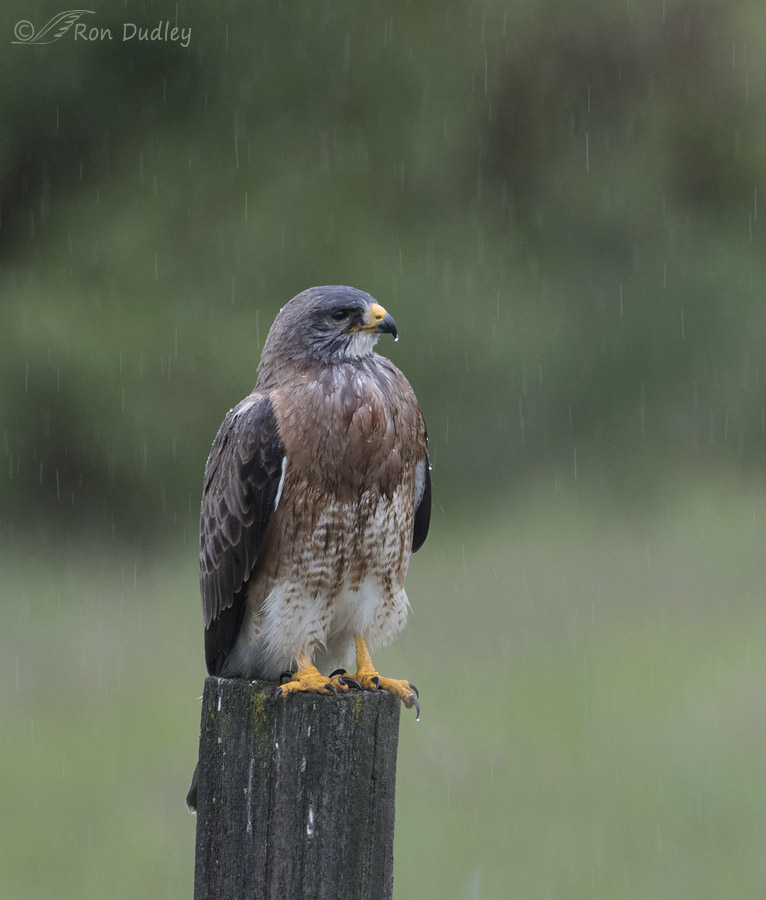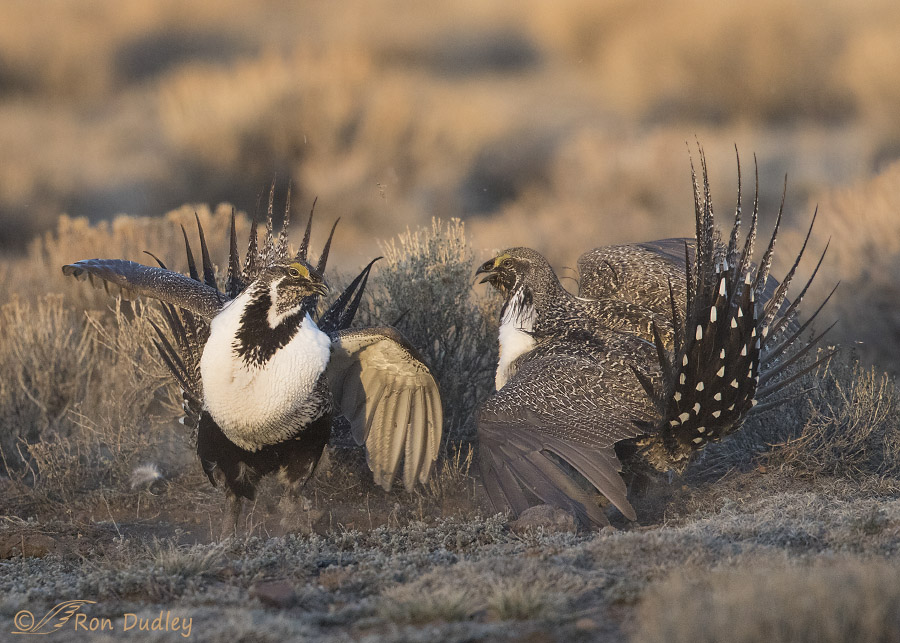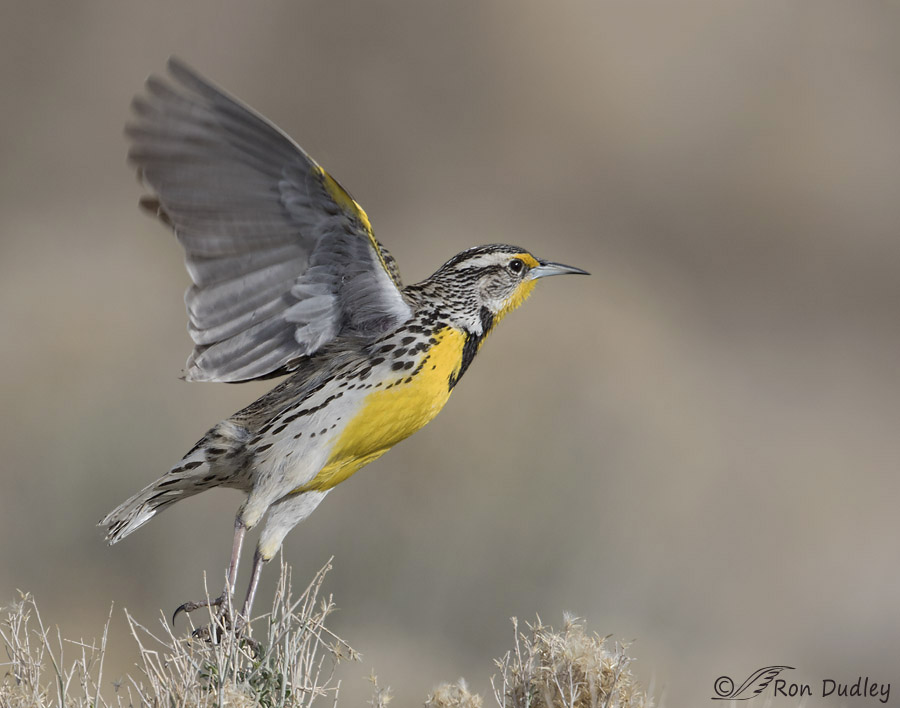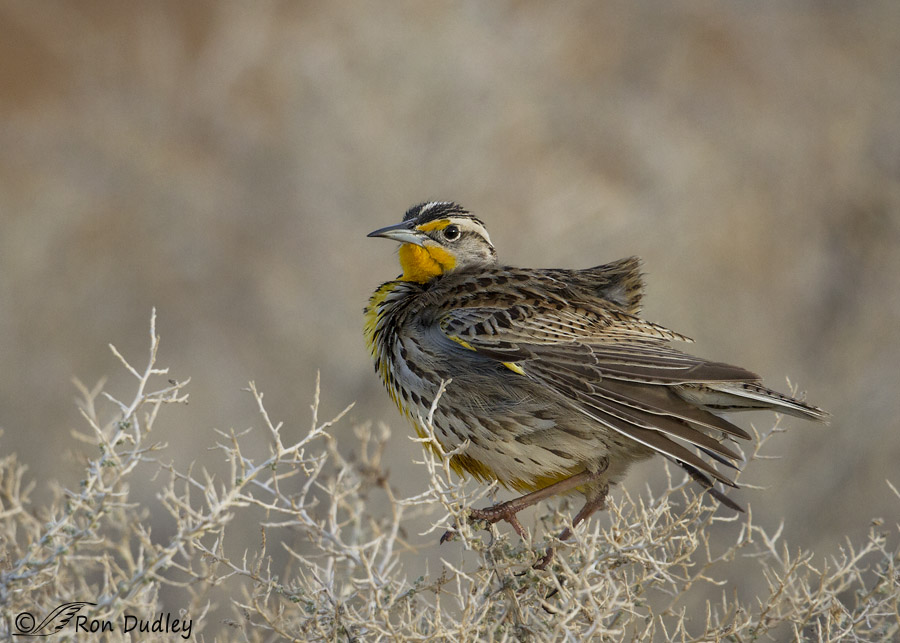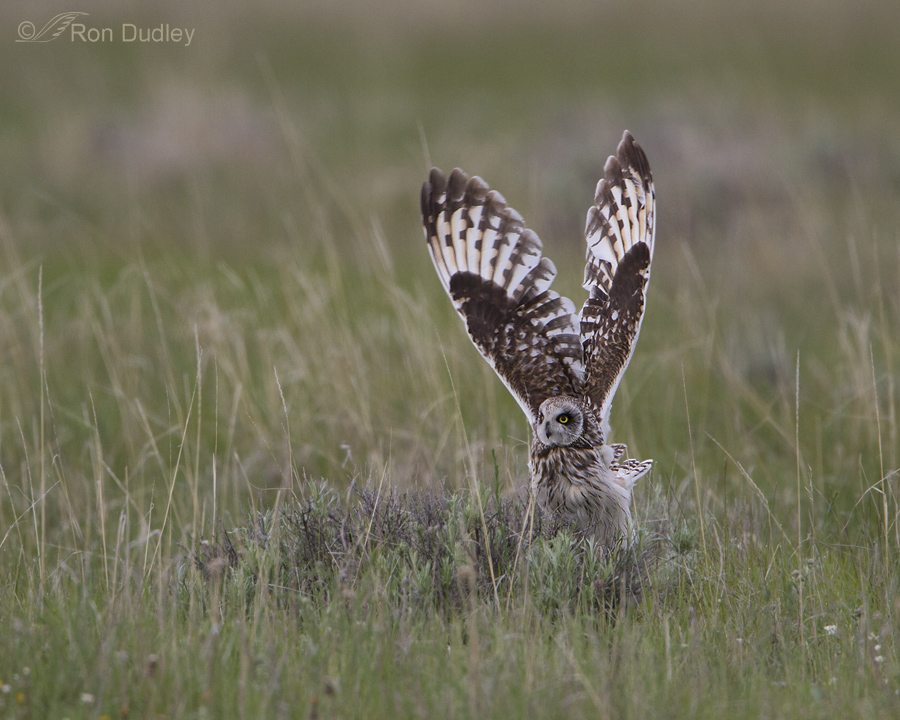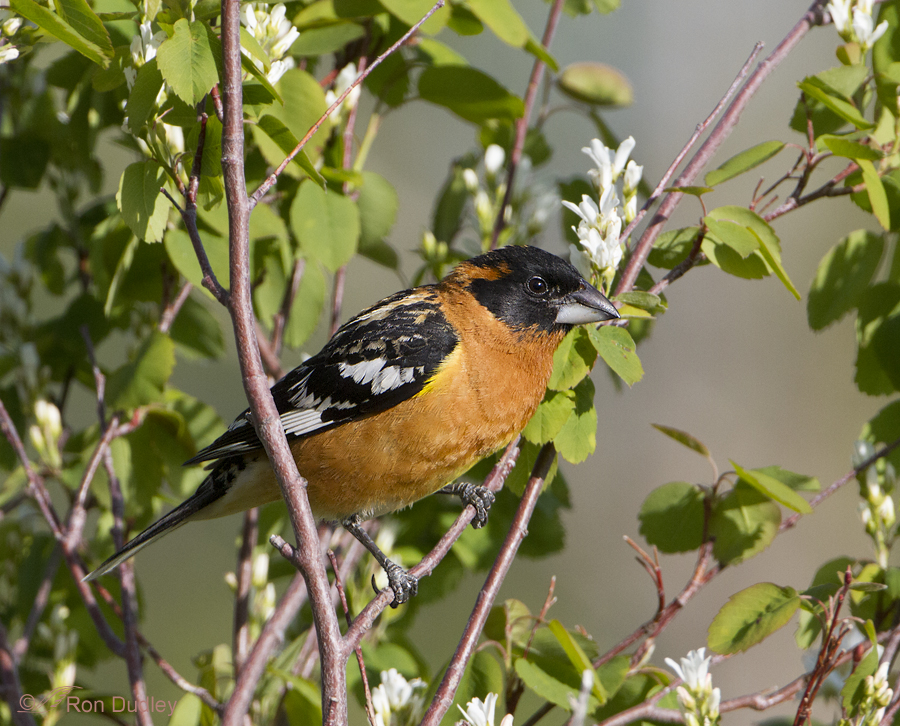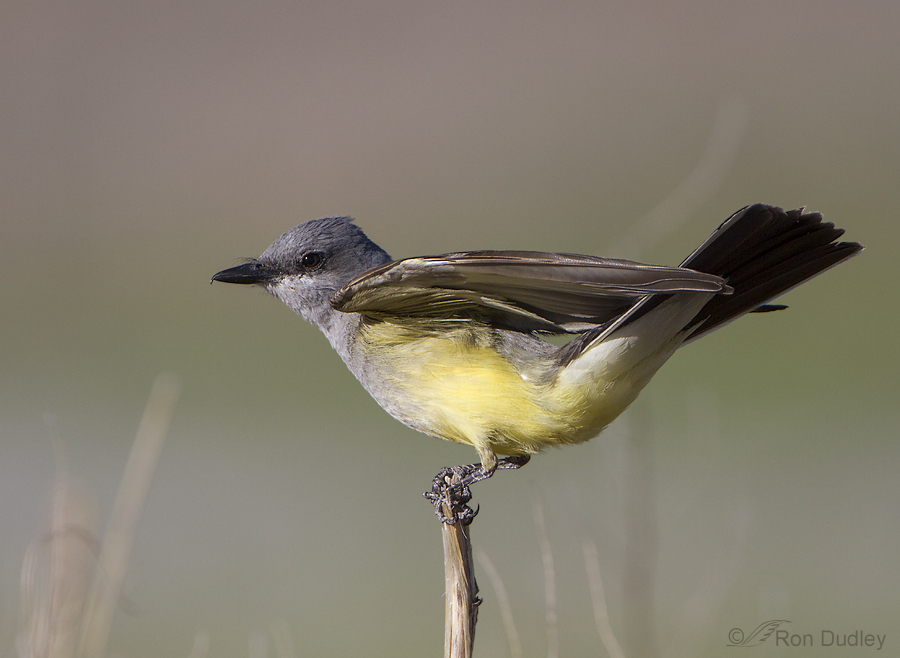Tag: noise
Golden Eagle Takeoff And Flight Series
A Surprise Cooper’s Hawk On Prey (and a photographic mistake I continue to make)
What A Difference A Camera Can Make – Canon 7D vs 7D Mark II
Blurry Wing Tips – Is It Shutter Speed Or Depth Of Field?
Saturated Swainson’s Hawk Enduring A Downpour
Two Male Sage Grouse Fighting On The Lek In Golden Light
The Balancing Act of Shutter Speed, ISO and Wing Motion-blur
Western Meadowlark Acting Silly
Green-winged Teal (and one reason I err on the side of high shutter speeds)
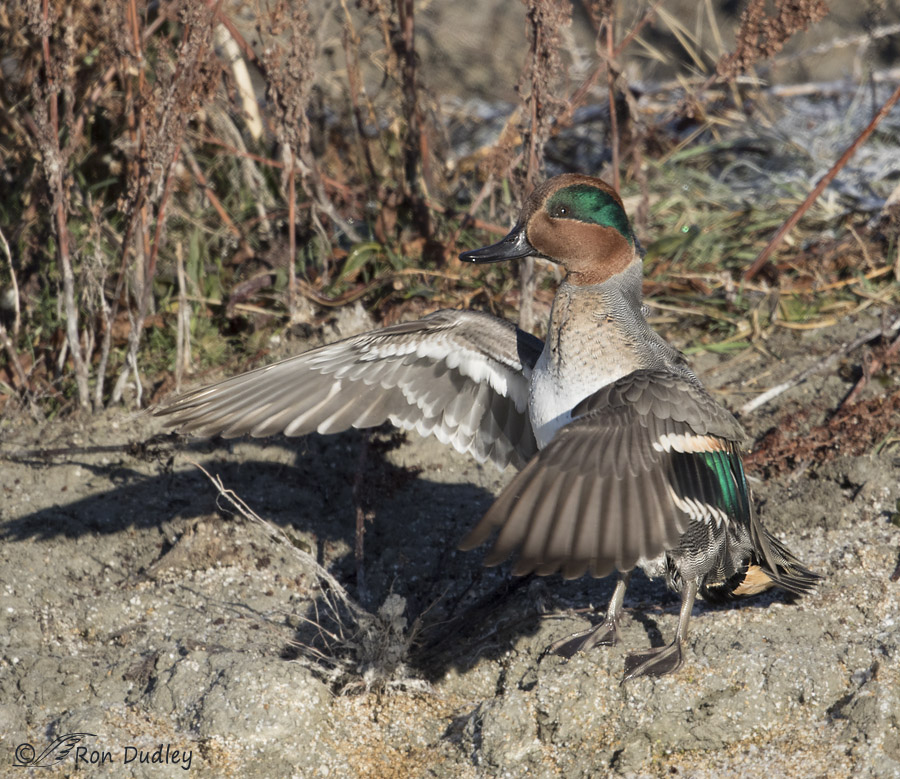
The Green-winged Teal is our smallest duck and to my eye the male is strikingly handsome and colorful, especially when you can catch the light just right on the iridescent greens of the crescent above and behind the eye. It’s amazing how that crescent turns black in an instant at differing light angles.
Short-eared Owl Flight Sequence In Habitat
A Black-headed Grosbeak, The Canon 7D And A Rookie Mistake
Western Kingbird Off Balance
Short-eared Owl Taking Off In Low Light
This male Short-eared Owl was taking off from the sagebrush plains of Montana’s Centennial Valley. 1/1600. f/5.6. ISO 800, 500 f/4, 1.4 tc, natural light, not baited, set up or called in I got three shots in the sequence that I liked well enough to keep. At lift-off he was heading mostly in my direction. I was shooting from my pickup and the vehicle didn’t intimidate him in the least. 1/2000. f/5.6. ISO 800, 500 f/4, 1.4 tc, natural light, not baited, set up or called in Almost immediately he began to veer off to my left… 1/1600. f/5.6. ISO 800, 500 f/4, 1.4 tc, natural light, not baited, set up or called in and then gave me a side view as he flew off to hunt voles for his family (female and two chicks). I’ve never posted this sequence before because the very low light forced me to shoot at ISO 800 which is really pushing it for my Canon 7D so there’s some resulting noise in the images. I don’t like to use noise reduction but I’ve applied it to the backgrounds only for this presentation. Like I said in my last post, every image has strengths and weaknesses and the low light I was dealing with (especially for flight shots) forced me into some compromises for these images. They may not be perfect but I’m still happy to have them. Ron
Swainson’s Hawks In Different Types Of Light
It goes without saying that light angle, intensity and warmth can have huge effects on an image, both positive and negative. I thought it might be interesting to see the effects of different types of light on the same species – in this case, Swainson’s Hawks. 1/160, f/6.3, ISO 640, 500 f/4, 1.4 tc, natural light, not baited, set up or called in Here, the sun was low and the light warm. The light was directional (side lighting the bird) but it worked pretty well because the darker parts of the bird are in the direct light. The head angle is just right for this pose – if the head were angled any more toward me I’d have lost the catch light and light on the face. If it were turned any more away from me I’d have lost good eye contact. 1/1250, f/5.6, ISO 640, 500 f/4, 1.4 tc, natural light, not baited, set up or called in Like in the previous image, this hawk is side lit. The difference is that the bird has its light, creamy colored belly facing the sun so the whites, though they’re not blown out, are a tad too bright and lacking detail. 1/2000, f/6.3, ISO 500, 500 f/4, natural light, not baited, set up or called in I took this image a little later in the morning, so the light wasn’t so warm and at that angle enough of it is reflecting up from the ground to give me sufficient detail in the shaded, dark brown plumage…


